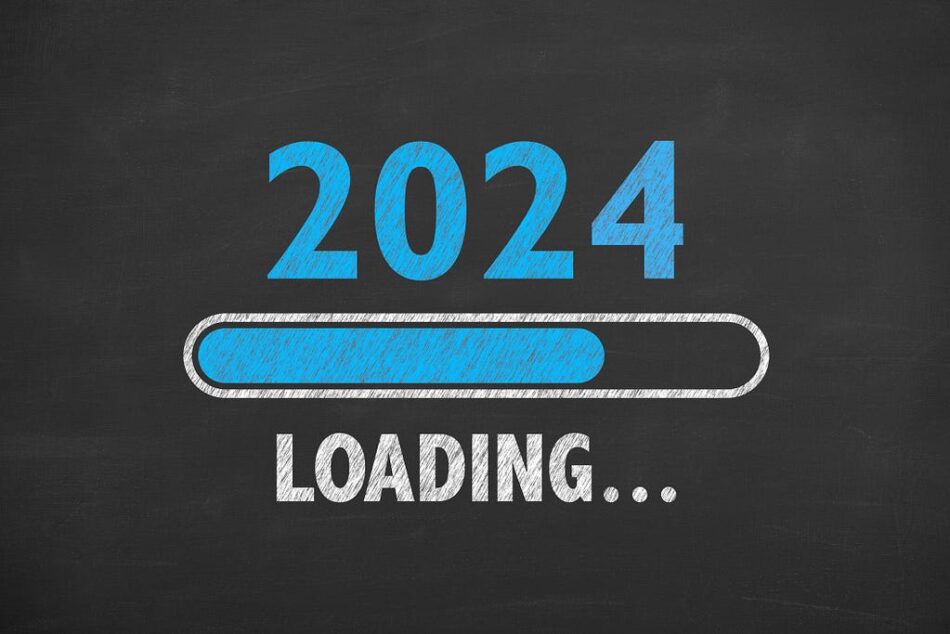It’s time to redesign our design teams — again
Where AI and innovation are concerned, 2024 is loading big time. Image credit: phototechno
The convergence of two important trends is creating new possibilities for business innovators worldwide, and changing the way companies will compete forever:
The acceleration of everythingThe tumbling cost of bringing new ideas to market
For those organizations still operating with one foot in the industrial age, your time is running out.
A new age of exploration
Recent breakthroughs in technology have made it so fast, easy and affordable to confirm our hunches in the marketplace and find the answers we need to be successful that there’s no need to guess anymore.
These trends started years before Artificial Intelligence took the world by storm. But AI is accelerating them now in exciting ways.
It started with rapid prototyping tools like InVision, Justinmind and Figma, which empowered organizations to quickly prototype and evaluate new ideas with no programming talent required.
Then came on-demand research platforms like UserTesting and Userlytics, which allowed teams to easily recruit target customers and run a variety of tests and experiments in days or hours rather than months; speeding up the feedback loop even more.
What this meant for innovators was a new world of change, with faster learning and time to market, smaller teams, lower costs and greater decision-making certainty than ever before.
Now a new generation of tools, powered by Artificial Intelligence, is opening up even greater possibilities. These tools are already transforming how we generate ideas, gather market insights, design new products and services, and create content of all types.
From productivity to new possibilities
So far, the benefits of AI for innovators have been mainly in productivity gains. First drafts of everything have never been faster or easier to come by. But things are moving quickly, and we can already discern the outlines of something grander and more transformative coming our way.
It won’t be long before we’re routinely summoning rough cuts of sophisticated websites, products, apps and marketing campaigns, using plain-English text or voice prompts. We’re already seeing glimpses of this new world with platforms like Uizard, Builder.ai and RAD Ai.
Algorithms to autonomous action
Once our ideas are designing and building themselves, it won’t be long before their running and improving themselves too, and we can imagine a world where digital experiences of all kinds will continuously self-optimize their own performance and personalize their customer experiences based on real-time consumer behavior and feedback.
For corporate innovators and startup founders, the cost and risk of floating new ideas in the marketplace, already falling before AI, will become negligible.
Here’s why that’s important…
In the beginning, good ideas and bad ideas look the same
“For every good idea there are a thousand bad ideas it is indistinguishable from. The only real way to tell the difference is to go out and try them, see what works, discard the failures and build on the successes. You have to, in other words, dare to be crap.”- Marc Randolph, Co-founder, Netflix
It turns out success requires a lot of failure — and leaders who are not only comfortable with this failure but know how to make the most of it.
Alexander Osterwalder, in his book The Invincible Company, provides us with a real-world example of the math involved. He describes German appliance maker Bosch’s Accelerator Program, which provides a platform for internal innovation teams to validate new business ideas. Bosch leaders and innovation managers select cohorts of 25–30 teams from around the world that work together for 6–12 months. Teams receive initial funding of approximately €120,000 and get three months to test whether their business ideas can scale. Depending on the results, teams can obtain additional funding of €300,000 or more.
Since 2017, Bosch has invested in more than 169 teams. Of these teams, 70% stopped their projects after just the first investment, and 72% of the remaining teams stopped after the second investment. Through this process, just 14 teams successfully took their projects to scale with follow-on funding.
We can’t build tomorrow using yesterday’s tools
The coming wave of AI platforms and technologies will never change the difficult math of bringing new ideas to market, but it will help us to find the winners with unprecedented speed and efficiency.
Humans will continue to set things in motion, we’ll monitor them, and we’ll step in along the way to contribute our unique creativity and judgment. But we’ll be less hands-on than ever. And we’ll be freer than ever to dream big about the future and imagine what’s next.
Recommended Reading
Testing Business Ideas: A Field Guide for Rapid Experimentation, by David J. Bland and Alexander OsterwalderThe Invincible Company: How to Constantly Reinvent Your Organization with Inspiration From the World’s Best Business Models, by Alexander Osterwalder, Yves Pigneur, Alan Smith and Frederic EtiembleThe Right It: Why So Many Ideas Fail and How to Make Sure Yours Succeed, Alberto SavoiaSense and Respond: How Successful Organizations Listen to Customers and Create New Products Continuously, by Jeff Gothelf and Josh SeidenContinuous Discovery Habits: Discover Products that Create Customer Value and Business Value, by Teresa Torres
It’s time to redesign our design teams — again was originally published in UX Collective on Medium, where people are continuing the conversation by highlighting and responding to this story.





